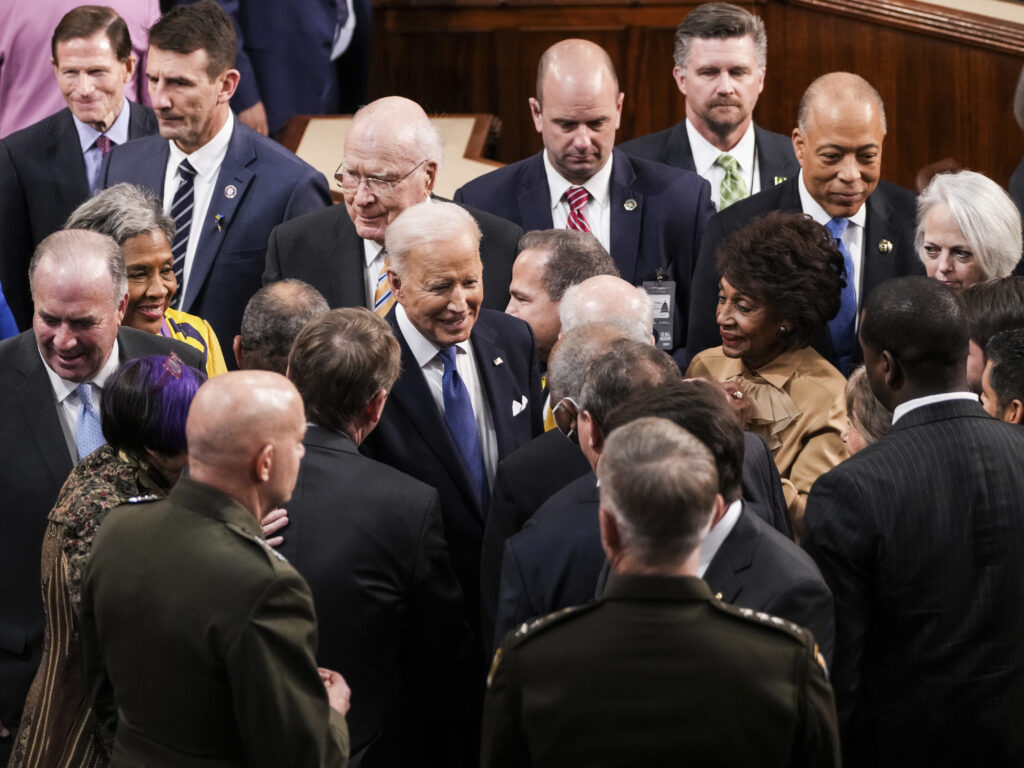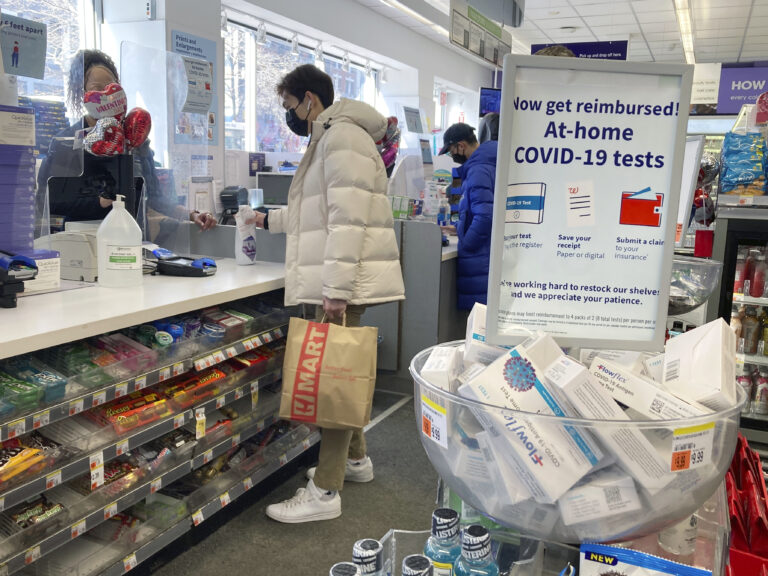WASHINGTON — The White House is unveiling a new roadmap for the COVID-19 pandemic, one that envisions life going back to normal after two years of crisis, providing for people to get tested and treat the disease, while staying vigilant for new variants and outbreaks.
“We are no longer going to let COVID-19 dictate how we live,” the White House said in a 96-page report laying out the plan.
The plan lays out four goals:
- Protect against and treat COVID-19
- Prepare for new variants
- Prevent business and school shutdowns
- Help vaccinate the rest world and save lives
The newest feature of the plan is a goal to offer a one-stop “test to treat” system at pharmacies and community health centers starting in March — places where people can confirm whether they have COVID, and get treated with antivirals on the spot.
The plan needs support from Congress to pay for it
The plan calls for Congress to boost funding for ongoing vigilance against COVID to purchase treatments, shore up the testing supply and prepare for new variants.
Last spring and early summer, when COVID case numbers dropped, the nascent at-home rapid testing market dried up. Manufacturers slowed production. Then when the delta and omicron surges hit, there weren’t enough tests to meet demand. The White House argues it will take government support to make sure tests are available when Americans need them.
More funding would also help with efforts to detect new variants by improving data collection, sequencing and wastewater surveillance systems, the White House said.
The plan calls for continued support to help vaccinate the world. So far the administration has distributed 475 million free vaccine doses to 112 countries, but that’s well short of its 1.2 billion dose pledge. Vaccinating the world is seen as key to preventing the next variant.
Immunocompromised people will have priority for protections and treatments
The roadmap also emphasizes making sure people most at risk of severe illness from COVID don’t feel left behind as normal activities resume.
The White House says it will prioritize protections for people who are immunocompromised as well as those with disabilities and older adults, giving them priority access to treatments and pushing to make sure they get boosters.
There are also plans to surge resources to developing treatments for long COVID and to provide support for people who have lost a loved one to the disease.

Biden previewed the plan in his State of the Union address
Biden ushered in this “new normal” by walking mask free down the center aisle of the House chamber to give his State of the Union address on Tuesday, then lingering after the speech chatting and taking pictures.
It was an image of normalcy that reflects the reality many Americans have been living for months — and one Biden urged everyone else to embrace, telling Americans it’s time for downtown offices to fill again, for students to be in class.
“I know some are talking about ‘living with COVID-19,” President Biden said in his address. “We will never just accept living with COVID-19. We will continue to combat the virus as we do other diseases. And because this is a virus that mutates and spreads, we will stay on guard.”
Last summer, Biden said the United States was “closer than ever to declaring our independence from this deadly virus” only to get burned by surges in cases from the delta and omicron variants. This time, the administration’s plan and the messaging around it are more guarded.
There are contingencies for new variants, and a plan to build stockpiles of tests and treatments. The White House warns that if there is another surge, some of the mitigation measures like masks may have to return, too.
“We will continue to combat the virus as we do other diseases. And because this is a virus that mutates and spreads, we will stay on guard,” Biden said in his State of the Union address.
9(MDM5MjE5NTg1MDE1Mjk1MTM5NjlkMzI1ZQ000))

